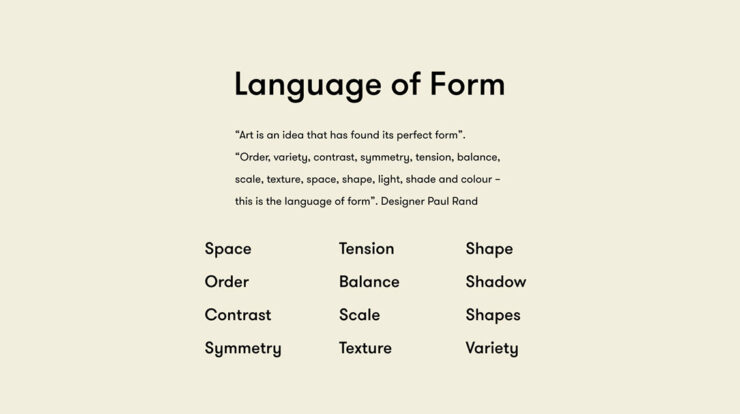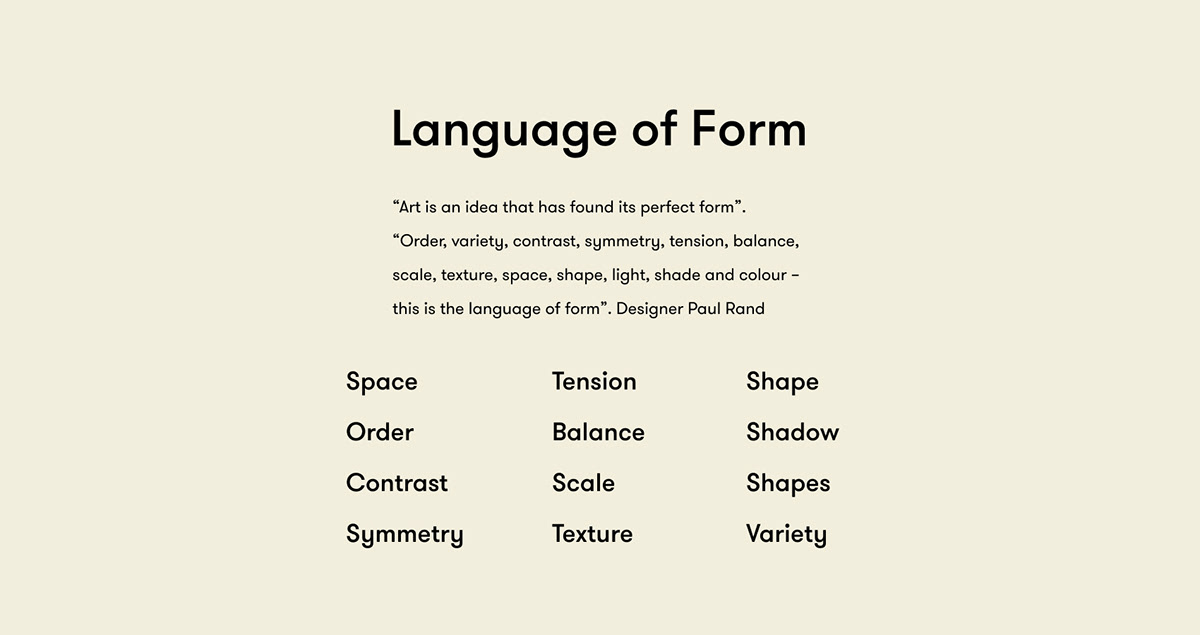
Sheet language meaning encompasses a vast spectrum of communication systems that transcend spoken and written words. From musical notation to spreadsheet formulas and programming code, sheet language empowers individuals to express complex ideas, convey information, and create meaningful connections across diverse fields.
Its versatility extends beyond its primary purpose, as sheet language also serves as a tool for data analysis, software development, and even artistic expression. Understanding sheet language meaning unlocks a world of possibilities, enabling individuals to navigate various disciplines and communicate effectively.
Definition of Sheet Language

Sheet language refers to a system of symbols and notation used to represent complex information in a structured and concise manner. It provides a common framework for communication and understanding within specific domains.
Sheet language is employed in various fields, including music, mathematics, science, and computing. Each domain has its own unique set of symbols and rules for constructing and interpreting sheet language.
Types of Sheet Language
There are several types of sheet language, each serving a specific purpose and catering to different domains:
- Musical Notation:A system of symbols used to represent musical compositions, including notes, rhythms, and dynamics.
- Spreadsheet Formulas:A set of symbols and operators used in spreadsheet applications to perform calculations and manipulate data.
- Programming Code:A language used to create and control computer programs, consisting of symbols, s, and syntax.
Applications of Sheet Language
Sheet language finds widespread applications across various fields:
- Music Composition:Musical notation enables musicians to create, share, and perform musical pieces.
- Data Analysis:Spreadsheet formulas facilitate data manipulation, analysis, and visualization.
- Software Development:Programming code allows developers to build and maintain software applications.
Learning Sheet Language, Sheet language meaning
Learning sheet language requires a combination of theoretical understanding and practical application:
- Formal Education:Courses or programs in music, mathematics, or computer science provide a structured approach to learning sheet language.
- Online Resources:Numerous websites and tutorials offer interactive lessons and practice exercises.
- Self-Study:With dedication and consistency, individuals can learn sheet language independently using textbooks and online materials.
Comparison of Sheet Languages
Different types of sheet language share commonalities but also exhibit distinct characteristics:
| Feature | Musical Notation | Spreadsheet Formulas | Programming Code |
|---|---|---|---|
| Purpose | Musical composition | Data manipulation | Software development |
| Syntax | Strict rules for note placement, rhythm, and dynamics | Mathematical operators and functions | Formal syntax and semantics |
| Interpretation | Performed by musicians | Evaluated by spreadsheet software | Executed by computers |
Future of Sheet Language
Sheet language continues to evolve with technological advancements:
- Digital Sheet Music:Music notation software allows composers to create and edit digital sheet music, enhancing collaboration and accessibility.
- Automated Data Analysis:Machine learning algorithms can automate spreadsheet formula creation, improving data analysis efficiency.
- Low-Code Development:Visual programming tools make it easier for non-programmers to create and modify software applications using sheet language-like interfaces.
Last Word: Sheet Language Meaning

As technology continues to advance, sheet language meaning will undoubtedly evolve, opening up new avenues for expression and innovation. The future holds endless possibilities for this universal language, promising to enhance communication, foster collaboration, and shape the way we interact with the world around us.
FAQ Explained
What is the primary purpose of sheet language?
Sheet language is primarily used to express complex ideas and convey information in a structured and efficient manner.
How many types of sheet language are there?
There are numerous types of sheet language, including musical notation, spreadsheet formulas, programming code, and many more.
Can sheet language be used for artistic expression?
Yes, sheet language can be used as a medium for artistic expression, particularly in the field of music.





